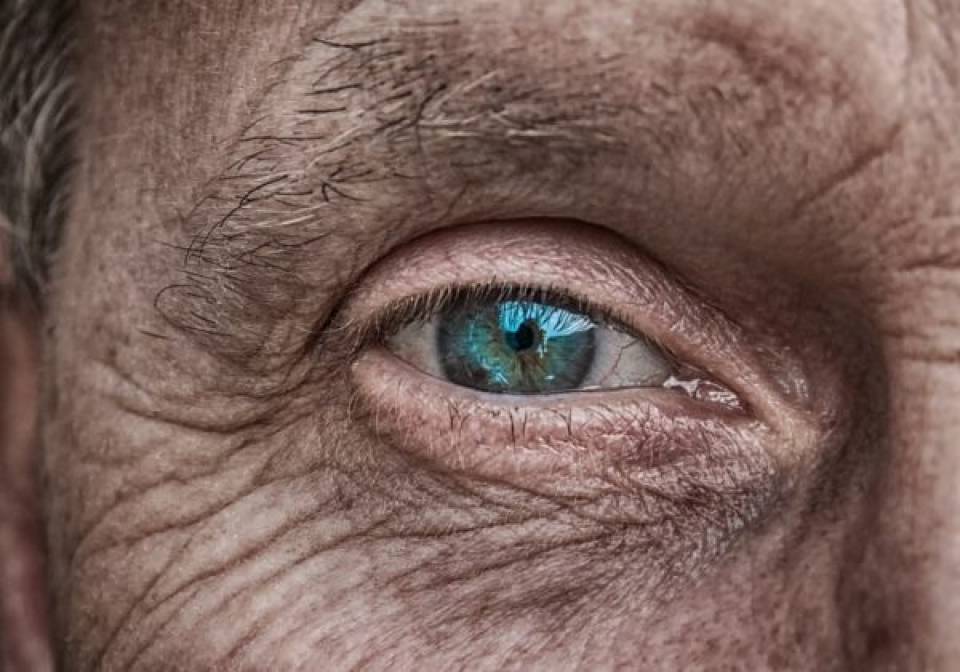Some of its exceptional characteristics are its small dimensions, which make it necessary very few cells or drugs to treat them, and their anatomical structure compartmentalized. In addition, the eye is isolated thanks to a barrier system similar to the brain, which protects it from what happens in the rest of the body. Finally, the most exceptional feature is to have 2 eyes. This allows one to be treated and the other serves as a control to observe the effects of the treatment.
Another advantage is that ophthalmologists can analyze eye structures in detail and observe in real time everything that happens on the surface and inside the eye, through the pupils. Thanks to this, they can supervise all the procedures that are carried out, such as a cell therapy treatment. In addition, it is very easy to implant cells on the surface or inside the eye by means of non-aggressive surgical procedures.
Advanced treatments with stem cells for two of the main eye diseases already exist. Currently, the most advanced treatment are stem cells for the regeneration of the cornea. To do it stem cells are used, usually from the same patient. This is a consolidated therapeutic procedure in our country.
On the other hand, to treat macular degeneration, caused by aging and or by genetic anomalies, there are different trials with human stem cells. The preliminary results are very encouraging and allow us to glimpse possibilities of clinical application in the coming years.
All these advances represent a new perspective, with innovative treatment options for various degenerative eye diseases that, nowadays lack of solutions to maintain or improve vision.




